kampfflieger
ACCESS: Restricted
- Joined
- 29 April 2007
- Messages
- 47
- Reaction score
- 6
Jemiba said:There seems to be plenty of information in this article, but sorry, I can't read russian.
Seems to be based on the I-16 Rata, but my main question is the reason behind it. A
top speed of 245 km/h would have been hardly enough for a fighter of that era and I
can't think, that agility alone would have secured survival. ???
joncarrfarrelly said:The A-12 is covered in Peter Brooks 'Cierva Autogyros', page 266 - 268.
While it superficially resembles the I-16 in general appearance, structurally it has more in common with a Gee-Bee. ;D
The hoped for max speed was to be 333km/h (207mph) at 2,300 m (7,500 ft), with a minimum speed of 39km/h (24 mph) at 1000 m (3,300 ft) and a ceiling of 7,500 m (24,600 ft). The actual performance attained was 246 km/h (153 mph) at 2,200 m (7,200 ft) down to 51 km/h (32 mph at 900 m (3,000 ft). Maximum altitude attained was 5,600 m (18,200 ft). It was felt that a max speed of 300 km/h (186 mph) was attainable. The aircraft crashed on May 23, 1937 when a rotor blade detached due to a fatigue fracture of the blade spar. The pilot, I. Kozyrev, was killed. The aircraft was powered by a Wright Cyclone F-3.
Jon
Maveric said:At first, THANKS to borovik - you are great!!!!
Stingray, the A.14 was a really bird, but only a prototyp. This autogyro was build under Kuznetsov, derived from A-6 and A-8. First flown 1935.
One M-11, rotor diam 11,0m / lenght 6,3m / empty 576kg / loaded 815kg / max speed 167km/h / min speed 45km/h endurance 2,5h ( Source: The Osprey Encyclopeda of Russian Aircraft)
Picture Source. FliegerRevue
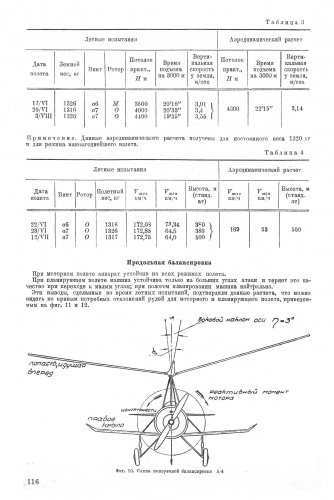
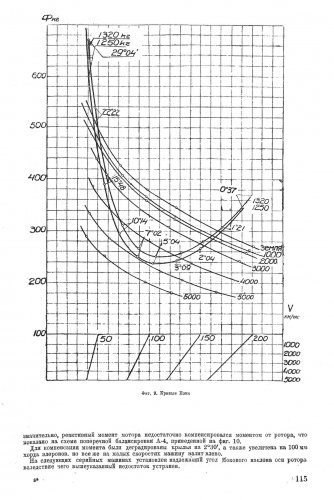


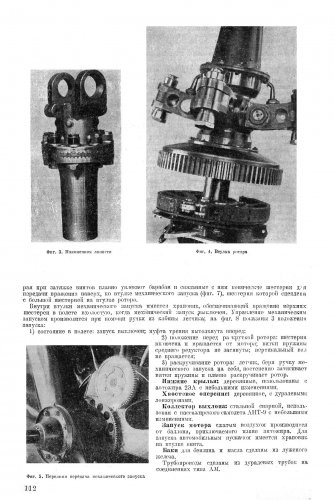

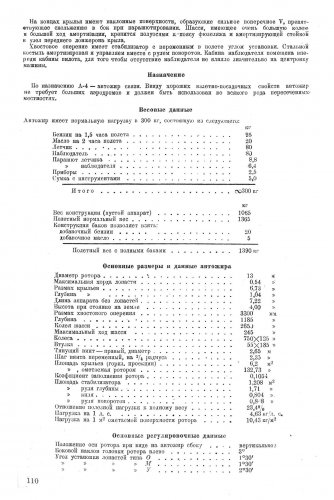
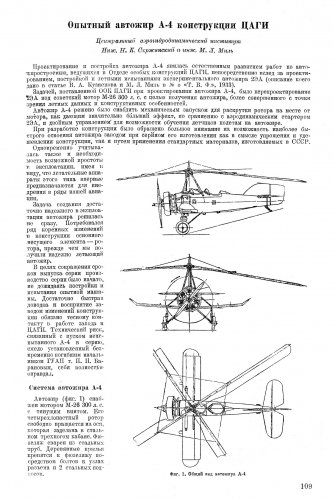


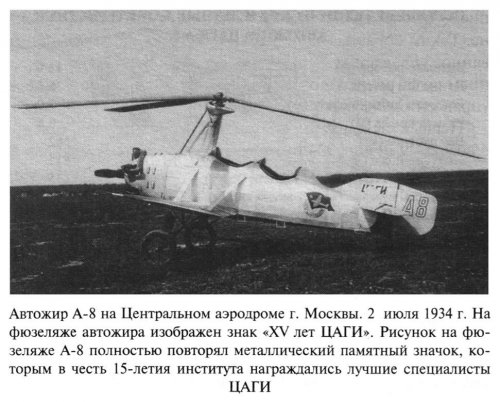


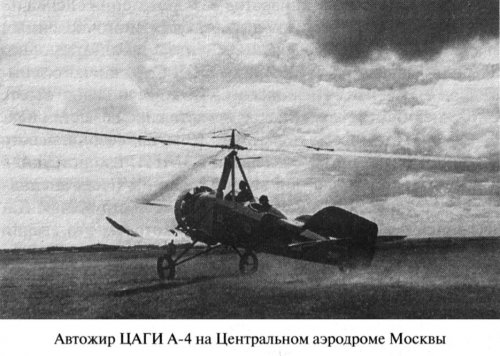
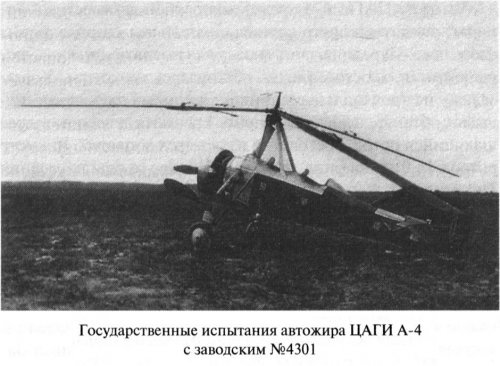
redstar72 said:From Mikhail Maslov's "Lost victories of Soviet aviation" (Moscow, Yauza-Eksmo, 2009; ISBN 978-5-699-32513-9):
From, Маслов М.А. - Утерянные победы советской авиации.(OCR),TsAGI A-9 project (1936) Designer N.K. Skrzhinsky
Wingless autogyro that can take off without a run (ie leaping )
from V.B. Shavrov with double-blades rotor (in L. Kashcheyev's with a three-blades)
diameter of 12,50 m
M-11 engine (100 horsepower)
I have no image.

TsAGI A-7-3a: Pollinator & Spotter.
The continuation of previous autogyro work at TsAGI (Central Aerohydrodynamic Institute), the development of the A-7 started in 1931. It was conceived by the later to become famous Nikolai Kamov to…elpoderdelasgalaxias.wordpress.com
